AMD announced its two flagship Ryzen 9000-series X3D processors here at CES 2025 in Las Vegas, with the 16-core 32-thread Ryzen 9 9950X3D leading the way with the potent Zen 5 architecture paired with AMD’s dominating game-boosting X3D technology to provide 128MB of L3 cache, all of which AMD says makes it the world’s best CPU for gaming and creator workloads. AMD says this chip easily beats Intel’s competing Arrow Lake flagship in gaming by 20% and delivers within 1% the gaming performance of the current world’s fastest gaming CPU, the Ryzen 7 9800X3D. That comes at the cost of a 50W generational increase in TDP, though, but that extra power budget will also help the chip score higher in our CPU benchmark hierarchy. AMD also has a new Ryzen 9 9900X3D coming to market that slots in with 12 cores and 24 threads paired with 128MB of L3 cache.
| CPU | Street (MSRP) | Arch | Cores / Threads (P+E) | P-Core Base / Boost Clock (GHz) | E-Core Base / Boost Clock (GHz) | Cache (L2/L3) | TDP / PBP or MTP | Memory |
|---|---|---|---|---|---|---|---|---|
| Ryzen 9 9950X3D | ? | Zen 5 X3D | 16 / 32 | 5.7 | — | 144 MB | 170W | DDR5-5600 |
| Ryzen 9 9950X | $599 ($599) | Zen 5 | 16 / 32 | 4.3 / 5.7 | — | 80MB (16+64) | 170W / 230W | DDR5-5600 |
| Ryzen 9 9900X3D | ? | Zen 5 X3D | 12 / 24 | 5.5 | — | 140 | 120W | DDR5-5600 |
| Ryzen 7 9800X3D | $480 | Zen 5 X3D | 8 / 16 | 4.7 / 5.2 | — | 104MB (8+96) | 120W / 162W | DDR5-5600 |
| Ryzen 9 9900X | $429 ($469) | Zen 5 | 12 / 24 | 4.4 / 5.6 | — | 76MB (12+64) | 120W / 162W | DDR5-5600 |
| Ryzen 7 9700X | $326 ($329) | Zen 5 | 8 / 16 | 3.8 / 5.5 | — | 40MB (8+32) | 65W / 88W / 105W | DDR5-5600 |
AMD’s existing Ryzen 7 9800X3D is the uncontested best CPU for gaming, so much so that it is nearly impossible to find at retail, but AMD’s new Zen 5-powered X3D processors broaden their appeal, and hopefully availability, to a broader audience that includes those looking for a better blend of performance in productivity workloads due to the heftier allotment of CPU cores. Both chips will be available in March 2025, but AMD hasn’t announced pricing yet.
We’ll cover the gaming and creativity benchmarks, then review the competitive positioning against Intel’s Core Ultra 200S Arrow Lake processors.
AMD Ryzen 9 9950X3D Gaming Performance
Both new X3D chips have 3D-stacked SRAM under one of their two dies, which boosts performance in games (more details below). This 3D V-Cache tech doesn’t accelerate all titles equally, so be aware of the tradeoffs. As always, you should wait for independent benchmarks, but AMD’s results are every bit as impressive as we expect.
AMD says the Ryzen 9 9950X3D beats Intel’s flagship Arrow Lake Core Ultra 9 285K by a whopping 20% measured across 40 games (we provide the test notes at the end of the article). AMD does use overclocked DDR5-6000 memory here for its chip, while it only uses stock DDR5-6400 for the 285K, giving it an advantage. Regardless, this is yet another blow for Intel’s troubled chips. At launch, Intel’s Core Ultra 200S ‘Arrow Lake’ chips failed to impress in gaming, and according to our testing, the company’s recent fixes to address the lackluster gaming performance have done little to change their overall positioning.
AMD says the Ryzen 9 9950X3D lands delivers essentially the same level of gaming performance as the gaming champion Ryzen 7 9800X3D (within 1%), just as we saw with the prior-gen Ryzen 7000 lineup. Compared to the prior-gen Ryzen 9 7950X3D, the 9950X3D delivers an 8% improvement in gaming, a nice generational step forward.
AMD didn’t provide benchmarks for the Ryzen 9 9900X3D, which frankly doesn’t bode well, but we’ll have the full performance breakdown when the chips launch. AMD also only shared 13 of the gaming benchmarks, but says it derived its overall measurement from 40 games. The other titles aren’t listed.
AMD Ryzen 9 9950X3D Productivity and Creator Performance
AMD stacks a 3D V-Cache chiplet on one of the two dies to improve gaming performance, but that ultimately results in lower performance in standard productivity work than you’ll get with AMD’s standard Ryzen 9000 non-X3D chips. However, these heftier 9000X3D models come with more cores to deliver higher performance in those heavier use-cases.
Again, AMD claims to beat Intel’s flagship 285K handily, with a 10% lead in content creation apps, though we do see that the wins are heavily weighted towards multi-threaded applications and feature a few outliers that improve the average ranking quite a bit (7zip, Photoshop). It’s possible this might be a much closer competition in a broader set of applications. AMD also says it derived its overall metrics from 20 benchmarks, but only shared results for nine of them and didn’t list the other applications used.
AMD also says the 9950X3D is 13% faster in creator apps over the prior gen 7950X3D, yet another nice generational gain. Again, there are no benchmarks for the 9900X3D, which isn’t surprising given that the prior-gen comparable, the Ryzen 7 7900X3D, wasn’t very impressive.
AMD Ryzen 9 9950X3D and 9900X3D Pricing and Specifications
| CPU | Street (MSRP) | Arch | Cores / Threads (P+E) | P-Core Base / Boost Clock (GHz) | E-Core Base / Boost Clock (GHz) | Cache (L2/L3) | TDP / PBP or MTP | Memory |
|---|---|---|---|---|---|---|---|---|
| Ryzen 9 9950X3D | ? | Zen 5 X3D | 16 / 32 | 5.7 | — | 144 MB | 170W | DDR5-5600 |
| Ryzen 9 7950X3D | $599 ($699) | Zen 4 X3D | 16 / 32 | 4.2 / 5.7 | — | 144MB (16+128) | 120W / 162W | DDR5-5200 |
| Ryzen 9 9950X | $599 ($599) | Zen 5 | 16 / 32 | 4.3 / 5.7 | — | 80MB (16+64) | 170W / 230W | DDR5-5600 |
| Core Ultra 9 285K | $589 | Arrow Lake | 24 / 24 (8+16) | 3.7 / 5.7 | 3.2 / 4.6 | 76MB (40+36) | 125W / 250W | CUDIMM DDR5-6400 / DDR5-5600 |
| Ryzen 9 9900X3D | ? | Zen 5 X3D | 12 / 24 | 5.5 | — | 140MB | 120W | DDR5-5600 |
| Ryzen 9 7900X3D | $579 ($599) | Zen 4 X3D | 12 / 24 | 4.4 / 5.6 | — | 140MB (12+128) | 120W / 162W | DDR5-5200 |
| Ryzen 7 9800X3D | $480 | Zen 5 X3D | 8 / 16 | 4.7 / 5.2 | — | 104MB (8+96) | 120W / 162W | DDR5-5600 |
| Ryzen 7 7800X3D | $476 ($449) | Zen 4 X3D | 8 / 16 | 4.2 / 5.0 | — | 104MB (8+96) | 120W / 162W | DDR5-5200 |
| Ryzen 9 9900X | $429 ($469) | Zen 5 | 12 / 24 | 4.4 / 5.6 | — | 76MB (12+64) | 120W / 162W | DDR5-5600 |
| Core Ultra 7 265K / KF | $394 / $379 | Arrow Lake | 20 / 20 (8+12 | 3.9 / 5.5 | 3.3 / 4.6 | 66MB (36+30) | 125W / 250W | CUDIMM DDR5-6400 / DDR5-5600 |
| Ryzen 7 9700X | $326 ($329) | Zen 5 | 8 / 16 | 3.8 / 5.5 | — | 40MB (8+32) | 65W / 88W / 105W | DDR5-5600 |
As with the prior-gen 7950X3D and 7900X3D, both new 9000X3D chips use two compute dies, with one die sporting a 3D-stacked V-Cache chiplet that boosts L3 cache capacity to 128MB but ultimately results in lower boost clocks. Meanwhile, the other, standard chiplet boosts to higher frequencies to deliver higher performance in both single- and multi-threaded tasks.
The Ryzen 9 9950X3D slots in at the top of the Zen 5 stack with 16 cores, 32 threads, 144 MB of total cache, and a peak boost clock rate of 5.7 GHz. This chip has a 170W TDP, a 50W increase over the prior-gen model. AMD’s prior-gen chips had the 3D-stacked chiplet on top of the compute die, which essentially trapped heat and severely constrained the operating temps/voltages, and thus TDP. The new models have the die on the bottom of the chip, unlocking higher thermal headroom. We can see AMD extracting that additional headroom with the higher 170/230W TDP. In contrast, the Ryzen 9 9900X3D sports 12 cores, 24 threads,140 MB of total cache, and a 5.5 GHz boost. This chip has the same 120/162W TDP as its predecessor.
AMD hasn’t given us a solid release date yet or pricing, but these chips will be in market in March 2025. Here’s hoping they are easier to find at retail than the ever-popular and ever-elusive Ryzen 7 9800X3D.
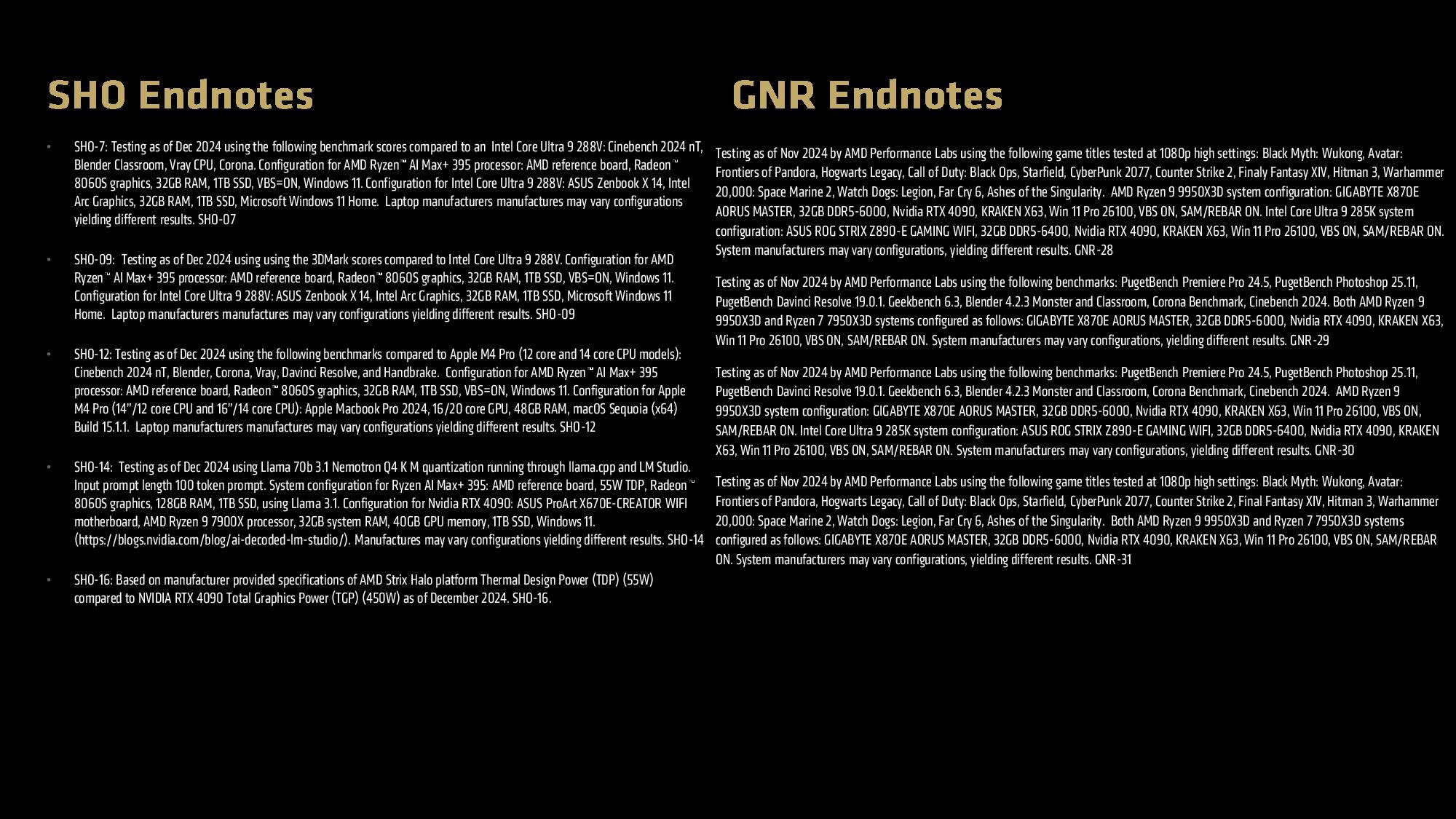

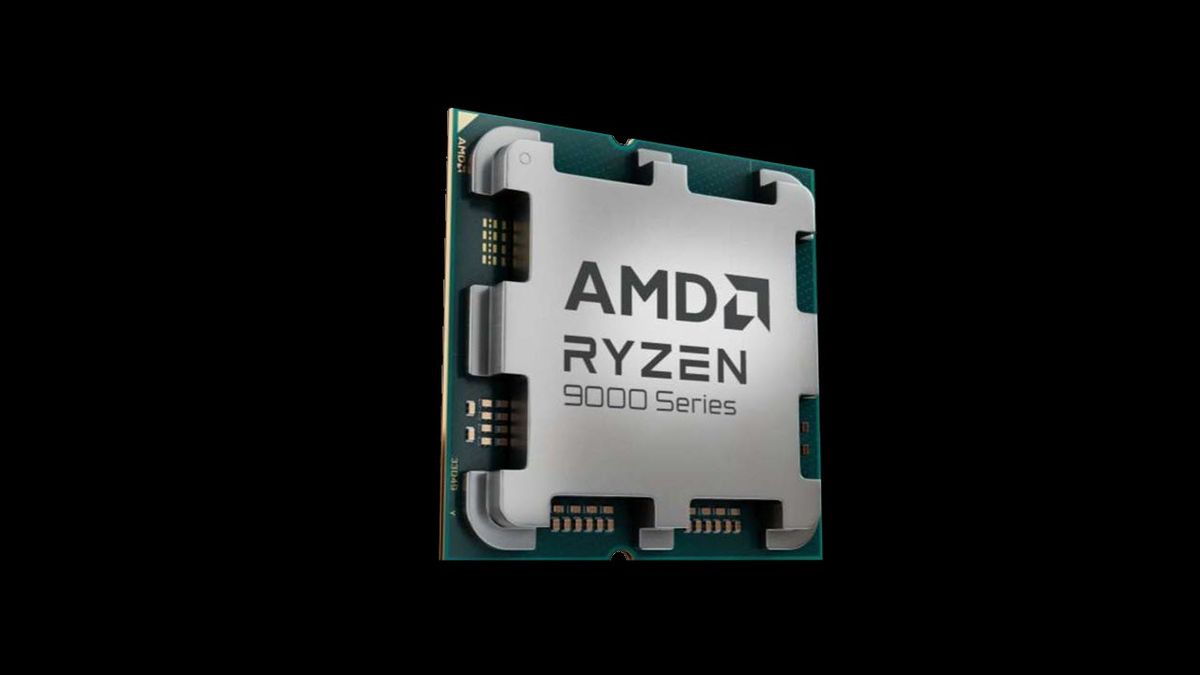
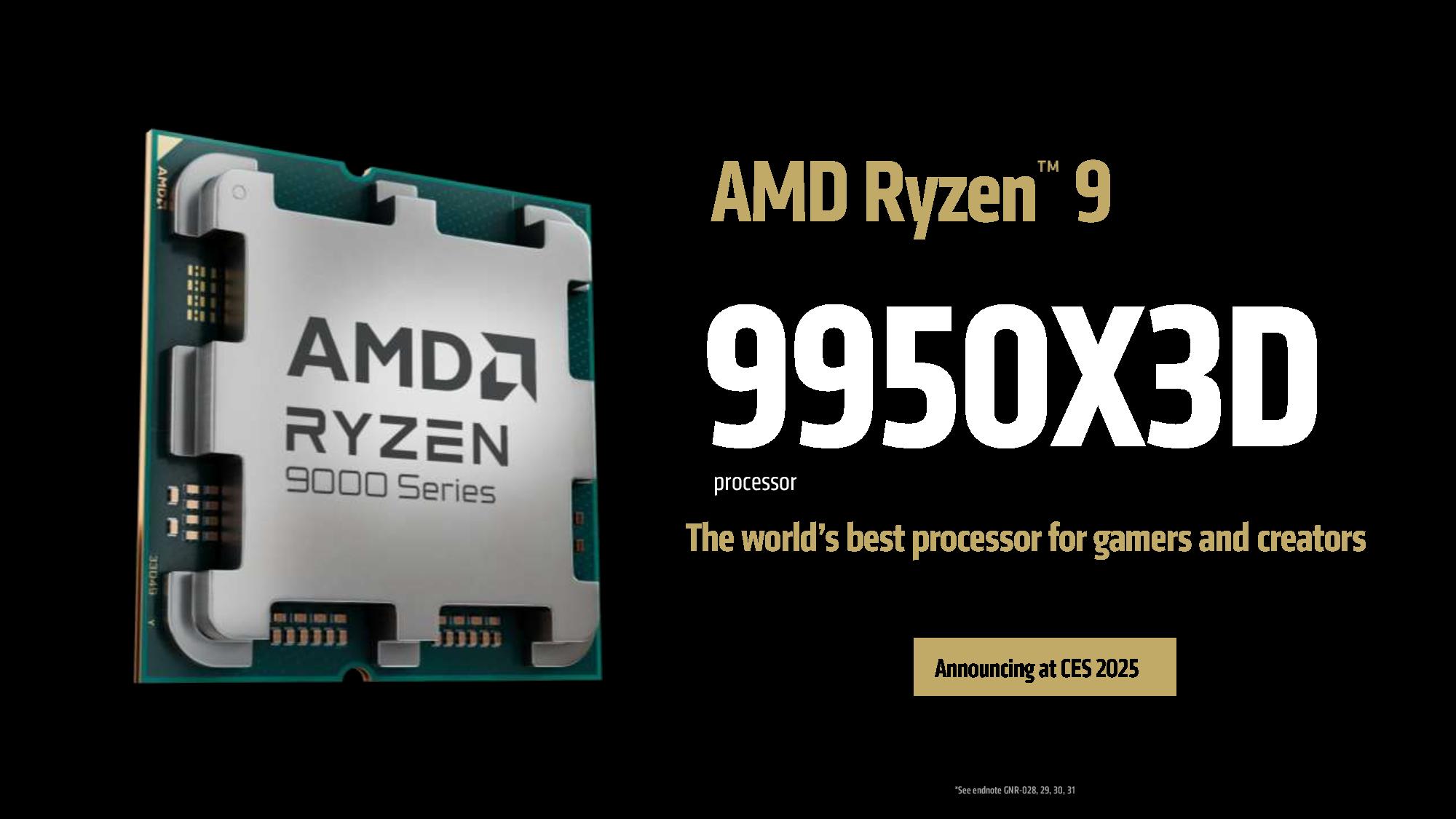
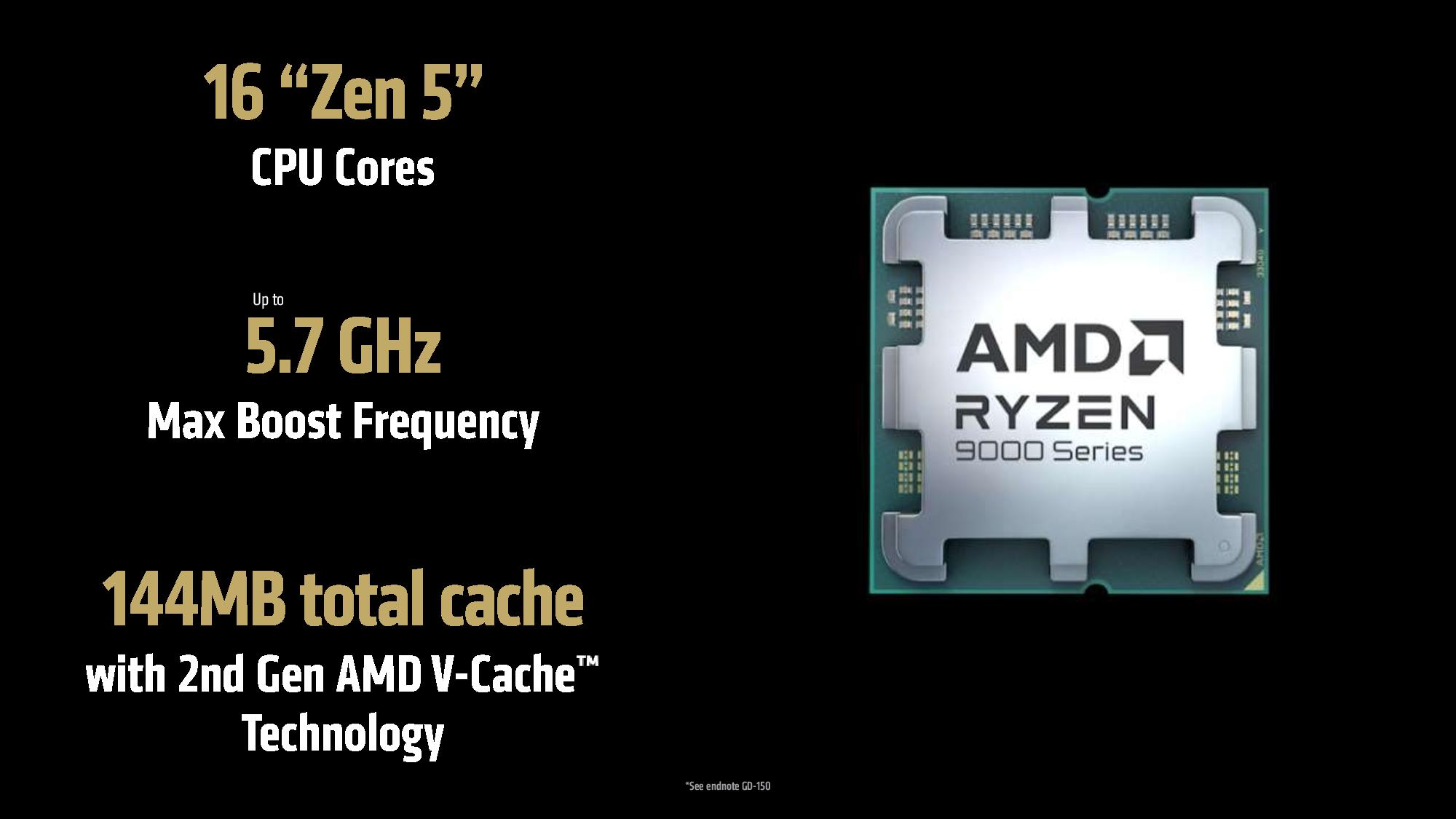
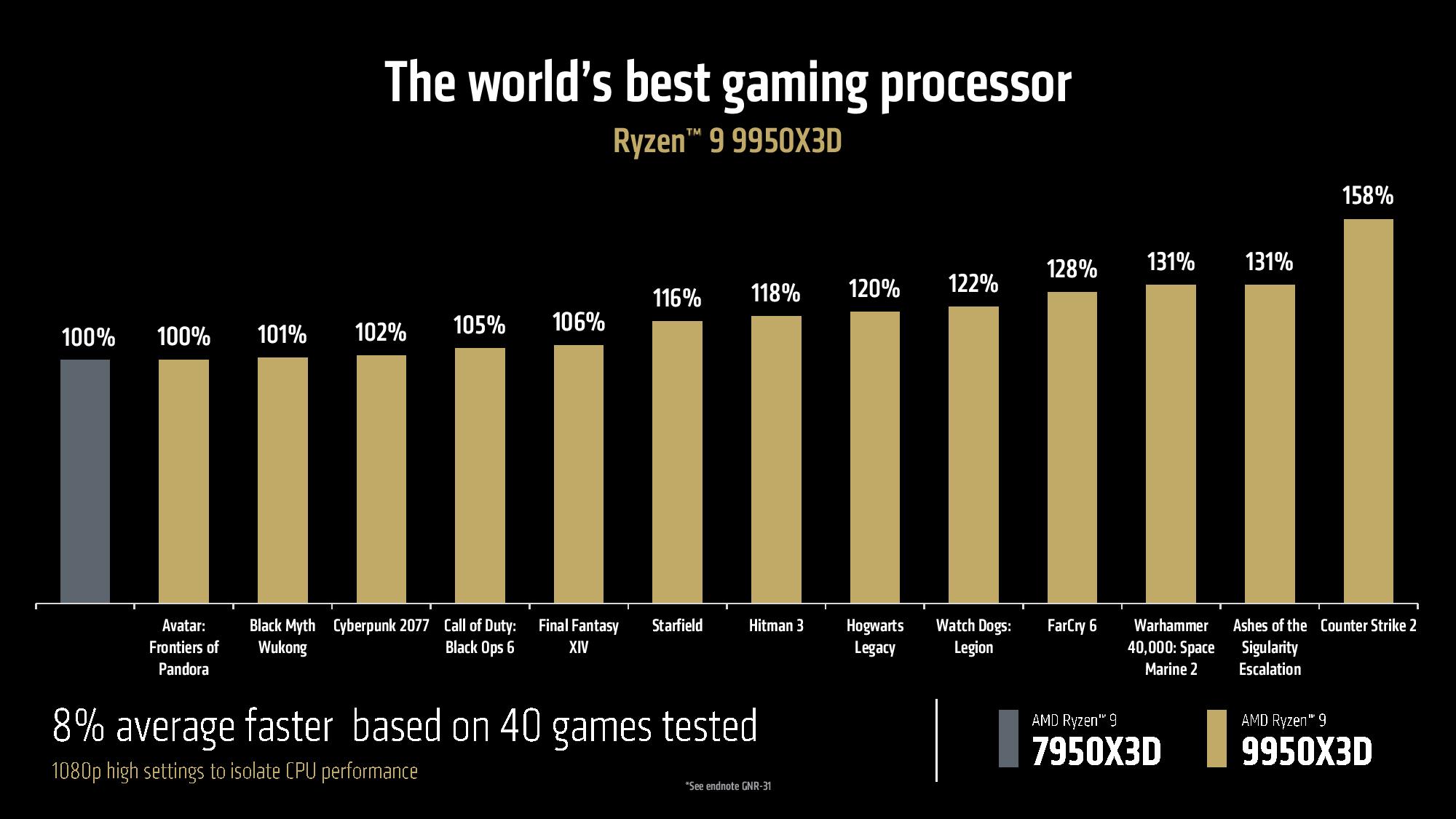
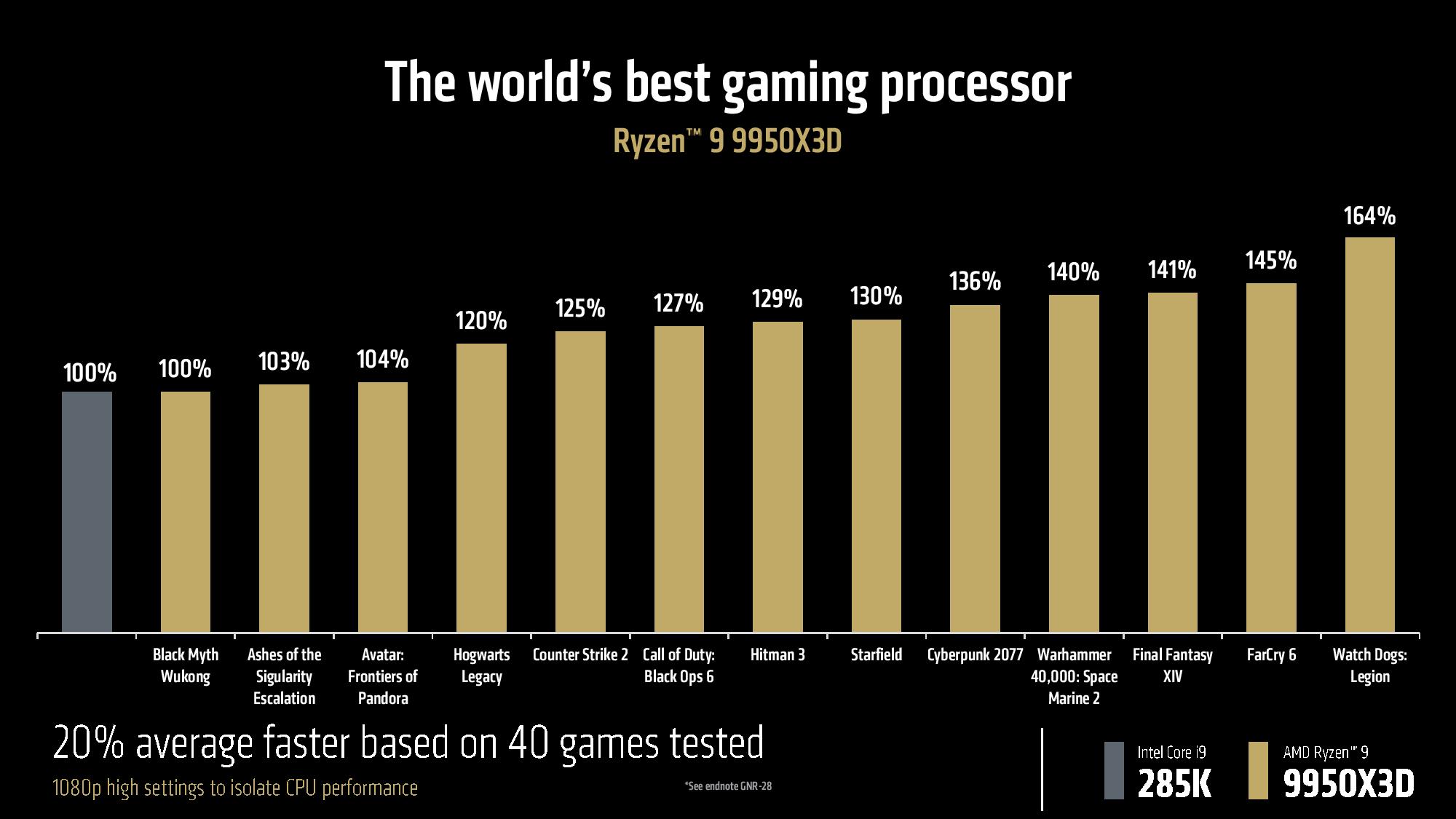





![Podcast [English World] Episode 79: Stabbing in Shenzhen Podcast [English World] Episode 79: Stabbing in Shenzhen](https://img.kyodonews.net/english/public/images/posts/8367a5e1916be92c4e60b9cb878b241b/cropped_image_l.jpg)



